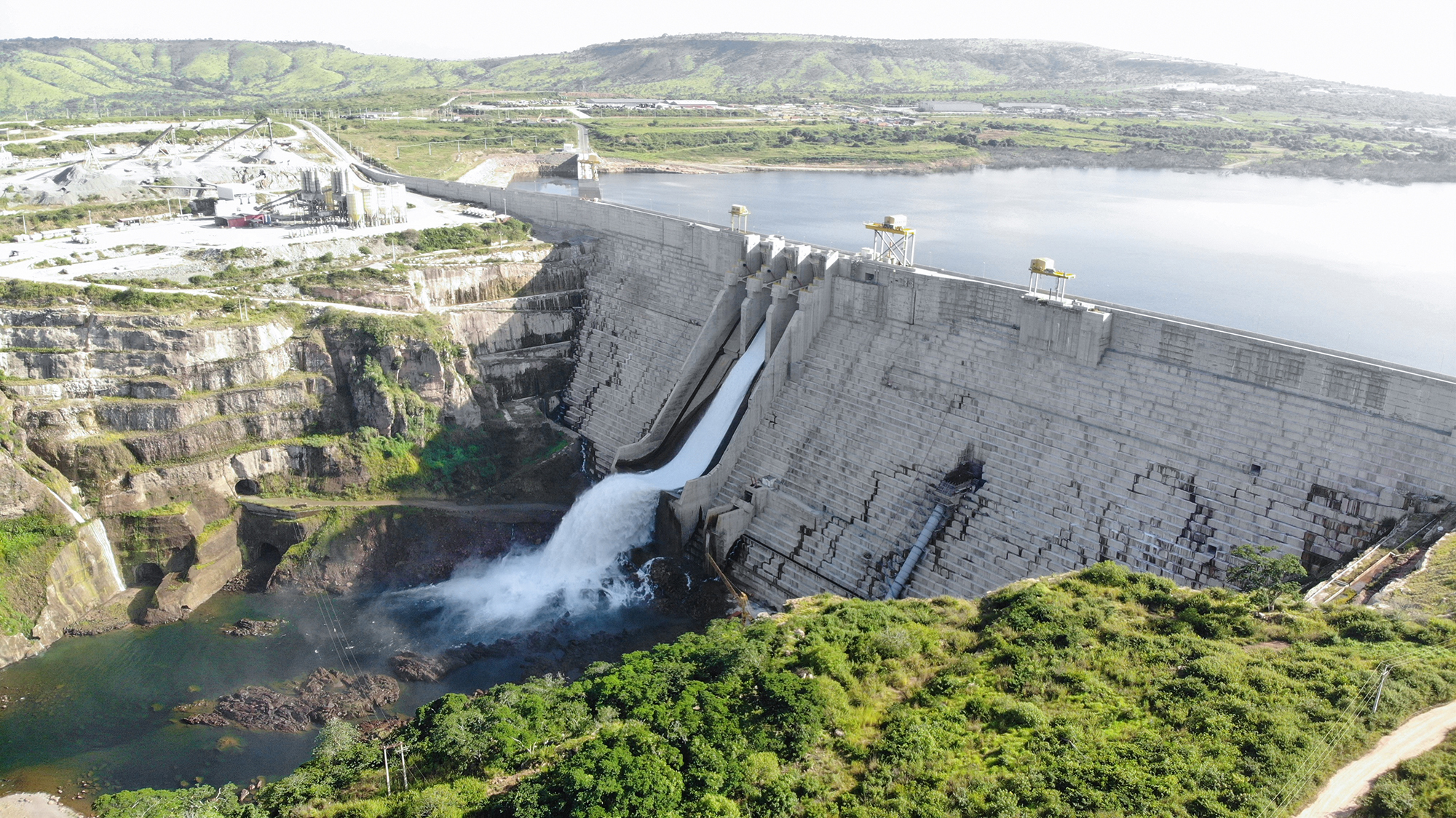
Career wise, how do you come to be a part of First Quantum Minerals?
After ending a five year retention based contract with Fluor I had a keen desire to find a company that could offer a better place in which to achieve my long term goals. With three other offers on the table from Kazakmys, Newmont and Fluor, I was contacted by First Quantum Minerals Limited (FQML), upon which I began researching the FQM execution philosophy. What I found was that FQM was unique in that it managed the engineering, construction execution and commissioning phases, before then turning things over to its operations team. It was this that convinced me to join. These dynamics are extremely rare in this industry and what they do is allow me, as a Project Manager, to drive the entire process optimally.
Who has been your inspiration professionally?
There have been a number of people, each for different reasons, but the two that stand out to me are Bob Ellis, Capital Vice President of Duke Energy and Martin Lacey, who is Vice President of Camaco Mining.
What do you consider to be your major achievement (in life or business)?
That would be the development of a target approach towards contracting methodology. This incentivised approach to contracts puts the mine owner and contractors on the same side of the field, with time and costs acting as the opponent.
When did you first become involved with the Trident project and what were your first impressions of its scope and aims?
I consider myself the initial developer of the Sentinel project construction team execution plan. The key to this plan was the development of a strong schedule, team mentoring and development, providing competent job descriptions and site management behaviours in order to reduce construction time and costs. The overall goal was to develop Sentinel to add revenue stream to the company much earlier than was originally envisaged. The entire package with town development, housing and commercial areas, schools, banking shops and power reticulation, meanwhile, is a key deliverable to retain labour long term with minimal cost to operations and, most importantly, create a positive effect on the development of Zambia’s North-western region.
What do you consider to be some of the bigger milestones reached on the project?
Aside from pulling the construction schedule for completion ahead by three months we are also incredible proud of reaching ten million man-hours without a lost time accident and, of course, developing a team that has proven to be able to provide excellent bench strength for projects.
What lessons do you think other mine operators can learn from the Trident project?
That schedule and resource development, with frequent, positive and purposeful interaction, provides the best foundation for project execution.
What do you personally hope will be the long-lasting legacy of the project?
I hope that people on the team feel they have accomplished the best project of their careers and were part of a team that consistently worked together to achieve excellence.
Which one piece of wisdom would you pass on to your successor?
Always think about what else you can do to gain progress and maintain quality, treat people fairly and spend the time needed to develop and support your team.












